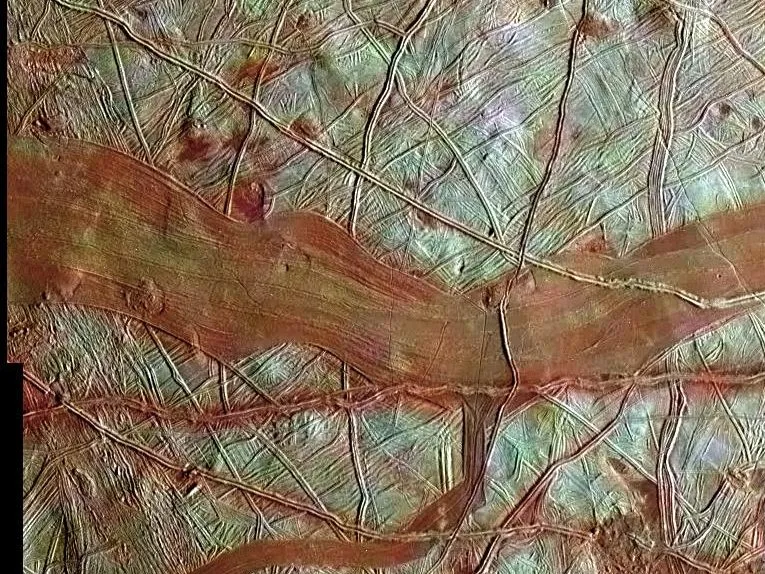NASA's Europa Clipper launched from Kennedy Space Center at 12:06 EDT (16:06 UTC) on Monday 14 October 2024.
The launch of the spacecraft to the Jupiter system followed a delay the previous week due to the onslaught of Hurricane Milton.
NASA had previously announced it would target 12 :31 EDT (16:31 UTC) Thursday 10 October 2024 for the launch of its Europa Clipper mission.
Europa Clipper launched on a SpaceX Falcon Heavy rocket from Launch Complex 39A at NASA's Kennedy Space Center in Florida.

Europa Clipper explained
Here on Earth, where there’s water, there’s life, which one of the reasons why astronomers search for water beyond Earth.
But is that true elsewhere in the Solar System?
It’s thought that one of Jupiter’s icy moons, Europa, is home to a subsurface ocean of liquid water that could potentially be home to some kind of microbial life.
NASA's Europa Clipper will investigate Jupiter's moon Europa and determine how likely it is that life might be hiding under the ice.
In this way, it will be covering territory similar to that explored by the European JUICE mission to Jupiter and its moons.

Science goals
Following its launch, the Europa Clipper spacecraft began its journey to Europa to map the Jovian moon inside and out.
Europa Clipper's solar arrays power the spacecraft on its epic voyage across the Solar System.
Using cameras and spectrometers, it will create a detailed atlas of the entire surface, looking for signs of organic chemicals that could form the building blocks of life.
Europa Clipper will also gain a better understanding of the geological processes that shape the moon’s face.

Meanwhile, radar, magnetometers and gravity measurements will allow Europa Clipper to look under the surface, finally confirming whether or not the subsurface ocean even exists.
These measurements will be able to assess the thickness of the ice shell, the depth of the ocean and even its salinity.
It will also keep an eye out for signs of water plumes erupting into the moon’s atmosphere, which have been hinted at by other observations.
The launch of Europa Clipper began a new chapter in the exploration of this icy moon.

Europa Clipper launch and journey
Europa Clipper won’t reach the Jupiter system until April 2030.
Upon its arrival, the spacecraft won’t be able to orbit the moon directly as it lies in an area of intense radiation created by Jupiter’s strong magnetic field.
Instead, the spacecraft will fly in a wide, looping orbit around the planet, swooping in past the moon to get as close as 25km from the surface.
Europa Clipper will fly by Europa approximately 50 times in this way, building our fullest-ever picture of what lies beneath the surface of this mysterious moon.
This article appeared in the January 2024 issue of BBC Sky at Night Magazine

